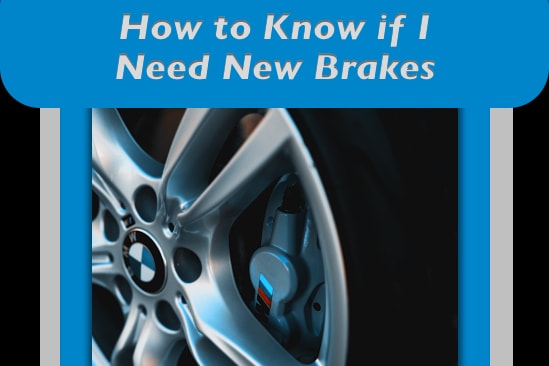
Understanding Brake Life
Before we dive into the warning signs of worn brakes, it's helpful to understand the average lifespan of brake pads and rotors, so you can take this into account should you suspect an issue. With a wide variance of 25,000 to 70,000 miles, depending on factors like driving habits, road conditions, vehicle type, and the quality/makeup of the components, you can generally expect 40,000 miles for an average driver. Rotors, on the other hand, may need replacement or resurfacing every 50,000 to 100,000 miles.
Resurfacing Rotors: A Quick Explanation
On the subject of rotors, though fewer garages offer such a service these days, should yours be free of any major wear or damage, you can save a bit of money by having them resurfaced, or “turned” when you get new pads installed, instead of replacing them. Resurfacing involves shaving down a worn rotor to restore its original braking surface, however, it's important to note that not all rotors can be resurfaced, as some newer, high-performance rotors may have specific coatings or materials that would only be further removed.
Warning Signs of Worn Brakes
With those basics out of the way, let's get to why you’re here and discuss some common signs that your brakes may be in need of service, one (or more) of which we suspect you may be experiencing. We’ll quickly cover the potential causes and why to not delay in addressing them:
Braking Noise: Screeching, squealing, or grinding noises while braking are often indicators of worn brake pads. The high-pitched “squuueees” are likely your metal "wear indicators" which are built into the pads themselves, coming into contact with the rotors.They’re designed to get your attention.
If left for too long, the metal-on-metal contact can cause severe damage to your rotors, leading to premature wear, compromising your braking ability and unnecessary repairs and expense. Ignoring this further, the brake pads will completely wear down, leaving you with no braking power at all.
Shaking or Pulsing: If your steering wheel vibrates or pulses when you apply the brakes, it could be a sign of warped rotors. This uneven braking already means a reduction in stopping power. Rotors warp for a variety of reasons, though the root cause is a result of excessive heat which is most commonly caused by intense usage from aggressive driving, pulling heavy loads, and the added stress of rough roads. If this doesn’t sound like you, it can also be as simple as normal wear thinning the rotors thus reducing their ability to disperse heat.
If left for too long, warped rotors will worsen over time, making it more difficult to stop your vehicle and potential loss of control as the pulsing intensifies. Short of this, though additionally, warped rotors can cause excessive wear on your brake pads, exacerbating the problem exponentially.
Spongy or Soft Brake Pedal: A soft or spongy brake pedal can indicate low brake fluid levels or a problem within the brake system. Though everything on this list is important, here’s one to have checked by a professional as soon as possible.
If left for too long, low brake fluid levels can lead to reduced braking performance and even complete brake failure. Problems with the brake system, such as a leak or a faulty component, can also compromise your safety, to put it lightly.
Brakes Pulling to One Side: If your vehicle pulls to one side when you apply the brakes, it could be a sign of a problem with the brake calipers or pads. This also could have nothing to do with your brakes, as it could be a litany of things from wheel alignment, to steering linkage, suspension, and more, none of which should be ignored.
If left for too long, should the culprit be a stuck or seized brake caliper, this can cause your brakes to drag, leading to overheating and potential brake failure. As mentioned though, finding the source is important regardless.
Brake Warning Light: If the brake warning light appears on your dashboard, it's a clear indication that there's a problem with your braking system and not one to ignore, even if you aren’t feeling a difference.
For this, “if left for too long,” we’ll simply say that ignoring a brake warning light can lead to serious safety issues, including brake failure. It's vital to have your brakes inspected immediately to diagnose and address the problem.
We sincerely hope you understand that we aren’t trying to scare monger with this article, we just want to stress the importance of immediate and proper identification of anything hampering your vehicle’s brakes from doing their job. And if your own safety isn’t motivating enough, catching nearly any issue with your vehicle early keeps it from affecting other components, meaning lower repair costs, something we can all get behind. Listen to your car, and stay safe out there, folks!